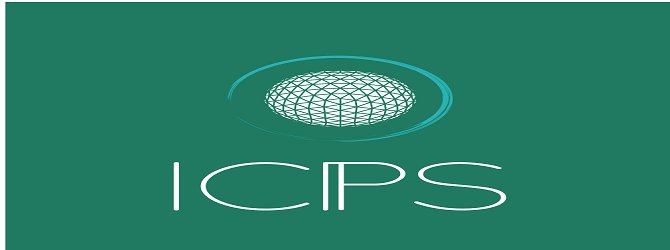Opinion Article, Clin Dermatol Res J Vol: 6 Issue: 2
Dermoid Cyst; Symptoms and Treatment
Dereddy Mamatha
Department of Pharmacy, Sri Indhu Institute of Pharmacy, Hyderabad, India
Corresponding Author: Dereddy Mamatha
Department of Pharmacy, Sri Indhu Institute of Pharmacy, Hyderabad, India
E-mail: mamathadereddy@gmail.com
Received: March 09, 2021 Accepted: March 23, 2021 Published: March 30, 2020
Abstract
A cyst is an abnormal growth that develops in a closed sac somewhere in the body. A dermoid cyst is a special type of cyst that contains skin and skin appendages, which include hair follicles and sweat glands. Dermoid cysts have different names depending on which part of the body they form and what types of structures are inside them. It can be a bit confusing. The dermoid cyst contains many types of cells, such as skin, hair, teeth, fat, bone and nerve cells, is called a teratoma.
Keywords: Cyst, skin, hair
Introduction
A cyst is an abnormal growth that develops in a closed sac somewhere in the body. A dermoid cyst is a special type of cyst that contains skin and skin appendages, which include hair follicles and sweat glands. Dermoid cysts have different names depending on which part of the body they form and what types of structures are inside them. It can be a bit confusing. The dermoid cyst contains many types of cells, such as skin, hair, teeth, fat, bone and nerve cells, is called a teratoma. Dermoid cysts may appear at birth and can be found in the face, spinal cord, or skull. Dermoid cysts may also develop in the ovaries in women during the child bearing years. Dermoid cysts of the ovary, also known as benign or mature teratoma, are the main focus of this article. Dermoid cysts may be one or can occur in both ovaries. Their size ranges from tiny (about half an inch) to very large tumors that fill in the abdomen. These are the most common ovarian mass diagnosed in young adult women. Many dermoid cysts of the ovary will not directly cause symptoms; however, if a dermoid cyst grows, it may result in complications due to encroachment upon neighboring structures. Some women with a dermoid cyst may have abdominal pain, abnormal vaginal bleeding, difficulty in urinating, or a dull ache in the lower back and thighs. In some cases, a dermoid cyst may grow large enough to put pressure on or twist the ovary This may result in abnormal pain and bleeding. An enlarged dermoid cyst can also cause pain in the pelvic area, and pressure on the bladder may result in difficulty urinating.
Symptoms of a Dermoid Cyst
Possible symptoms of dermoid cyst include: &bull
Abdominal, pelvic, or severe lower back pain &bull
Dysuria (difficulty urinating) and urinary retention &bull
Menstrual pain that is worse than usual &bull
Nausea with or without vomiting &bull
Pain during sexual intercourse &bull
Unintentional weight gain &bull
Vaginal bleeding that is abnormal
Symptoms that might indicate a serious condition
In some cases, a dermoid cyst can be a serious condition that should be immediately cured in an emergency setting. Take immediate medical care if you, or someone you are with, have any of these serious symptoms including: • Severe, sudden pain in abdomen • Uncontrollable vomiting
Treatment
Treatment for a dermoid cyst begins with taking medical care from your health care provider. To determine whether you have dermoid cyst, your health care provider will ask you to undergo diagnostic testing. Some women with a dermoid cyst may never have any of the symptoms. When symptoms do occur, however, you may need to undergo an abdominal ultrasound to determine the size and location of the cyst. Surgical removal is the treatment of choice for the dermoid cyst. A small number of ovarian dermoid cysts will become cancerous, so surgical removal is indicated.
 Spanish
Spanish  Chinese
Chinese  Russian
Russian  German
German  French
French  Japanese
Japanese  Portuguese
Portuguese  Hindi
Hindi 

